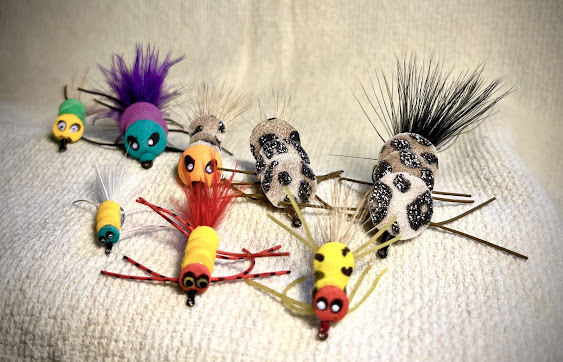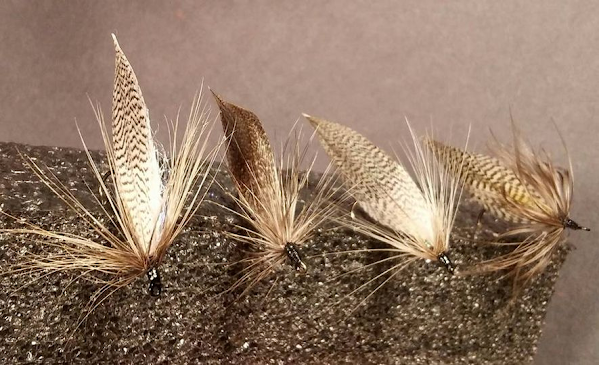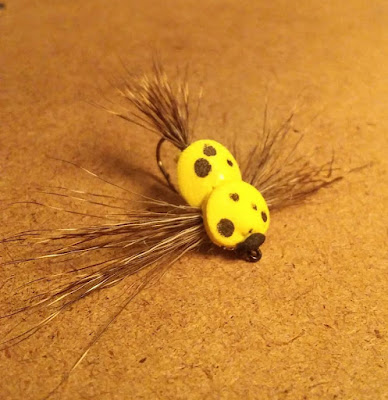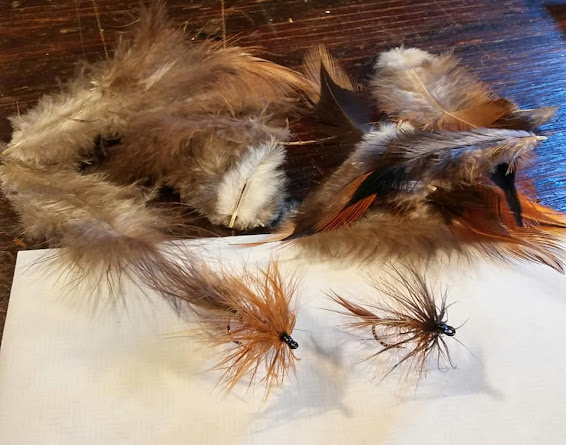Favorite Flies #5 - The Sneaky Duck

By David Hutton, Palmetto Fly n Fish CHECKING All THE BOXES ... "The Sneaky Duck" If you want a unique fish catching surface fly, one that is unlike the other "bugs and poppers" out there, The Sneaky Duck is for you. This pattern shot onto my radar thanks to friend and fishin' pal, Donald "Don" Schmotzer. He found the pattern in the Spring 2011 issue of "FLY TYER" magazine, originally tied by Col. ( Ret.) Roger Duckworth. I don't know Colonel Duckworth, but if Don Schmotzer likes a fly and has success with it , you better take notice. You'll see why, as we hear more from Don further on. But with a name like, 'Sneaky Duck,' a pattern has to do more than sound clever - it needs to check all the boxes. ------------<~~>------------ Assorted Sneaky Ducks Materials and Tools The first thing you notice about the Sneaky Duck i s the innovative use ...



